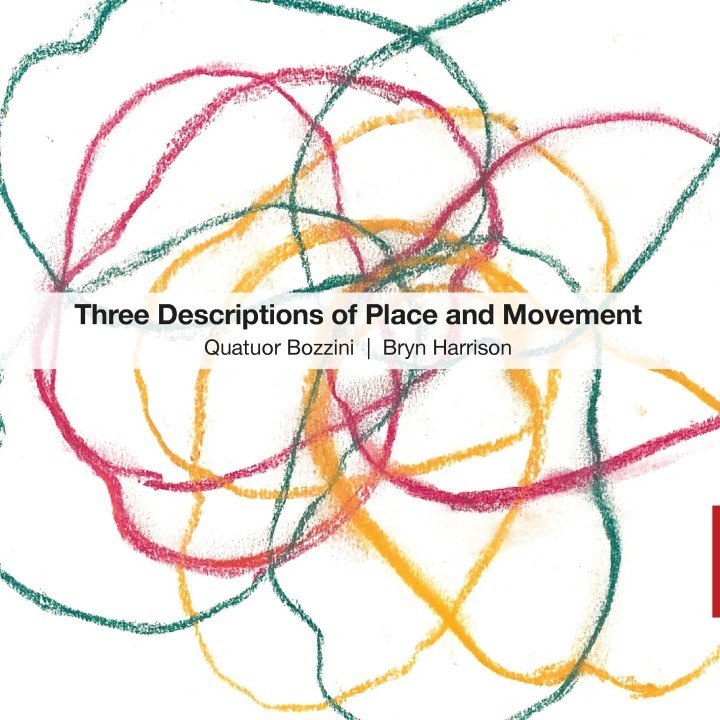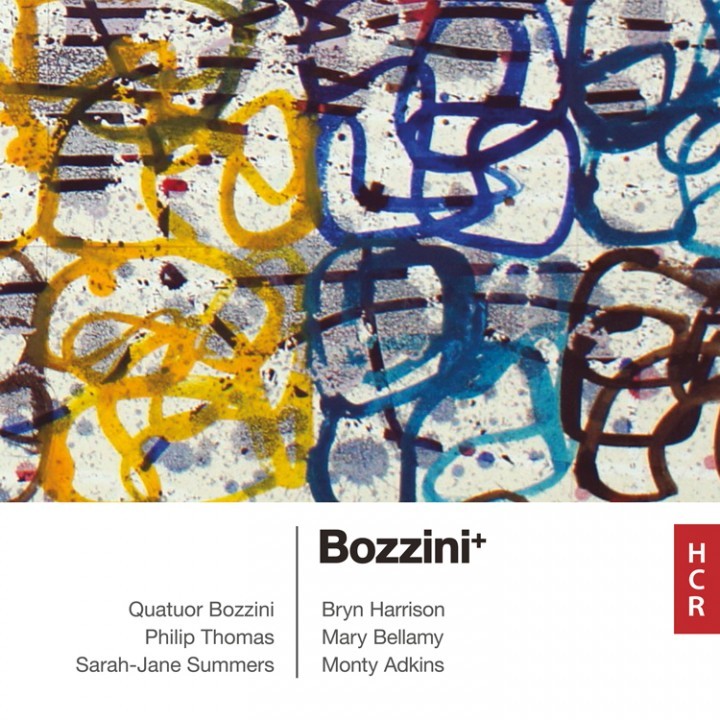Bryn Harrison: Three Descriptions of Place and Movement
5th July 2022
Articles Huddersfield Contemporary RecordsBryn Harrison, composer based in West Yorkshire and Professor in Composition at Huddersfield University, shares thoughts about his upcoming release, a new string quartet recorded by the Bozzini Quartet.
For several years I have been fascinated by the writings of the social anthropologist, Tim Ingold. In his book Being alive: Essays on movement, knowledge and description (Routledge, 2011), Ingold describes how the places we build—imaginary or otherwise—arise in relation to the contexts that create them. He argues that places are not static spaces with neat boundaries, rather, they interact with and spill out into their surroundings. We only have to look at the names we give to places like tunnel, opening, burrow, clearing, crossing, and hollow to see how they reflect the actions that bring them into being. These particular place-names bear the hallmarks of their own history - of their own becoming.
I had Ingold in mind when working on my soon-to-be-released, hour-long string quartet: Three Descriptions of Place and Movement (2020). The piece was written during the first lockdown, in those months when the world seemed to invite anything but a sense of becoming. However, Ingold’s image of materials arising through a process of making resonated strongly with me as I worked through the piece, and observed it slowly come into being. Having the luxury of more time meant that the writing was unhurried. There was the opportunity to reflect, to take stock and, at times, to rewrite sections completely. As with the philosophy of making that Ingold advocates, each compositional decision had some bearing on the next, and each musical moment created a context from which the piece could grow. The piece went through several iterations before I arrived at a form that I was happy with. My first, incomplete draft imagined the piece cast in one long movement that would gradually transform over time. In a slightly later version, I reworked fragments of that material, separating them by silence. The final form of the work distils these ideas into three movements of disproportionate length, each of which examines the same musical idea from different angles or perspectives.
I named each of the movements after one of the afore-mentioned descriptions of places. The first is entitled opening, the second clearing, and the third burrow. In the first, a detailed and complex musical figure is subjected to high levels of near repetition. What we witness is the gradual unfolding of the same pitch patterns, each time modulating to a different area, creating a kaleidoscopic sequence of events. After five minutes, the movement ends abruptly. At over five times the length of the first, the second movement extends the same musical process drastically, only this time the material is radically stripped back and simplified. Here, dyads play themselves out over and over again, creating exchanges and dialogues between the four members of the quartet. The third and longest movement, burrow returns to the opening material, offering dense canons played by a triple string quartet. To achieve this effect, the live quartet perform against two pre-recorded versions of themselves, resulting in twelve contrapuntal string parts. This creates a saturated wall of sound through which we glimpse the materials shifting against each other in unpredictable and disorientating ways. As I listen back to the recorded version of the piece, I hear new things, and I am reminded that each listening experience is conditioned by our own sense of perception and memory. Just as each recording is an inscription of its own history, each playback creates its own unique context, its own event.
It has been a pleasure to work with the Bozzini Quartet again. In 2017, I had the honour of collaborating with them on my hour-long Piano Quintet together with pianist Philip Thomas (also available through HCR/NMC) and over time, I have become friends with the individual members of the group. Whilst the pandemic made travelling to Montréal to rehearse in person impossible for me, their sense of commitment, dedication and good humour was ever-present in our on-line rehearsals. The warmth, generosity, and patience of Clemens, Alissa, Stéphanie, and Isabelle is clearly conveyed in this recording, which demonstrates their expertise and integrity as musicians.
Bryn Harrison's new album with the Bozzini Quartet is released Friday 5 July on Huddersfield Contemporary records.
NMC's Discover platform is created in partnership with ISM Trust.


